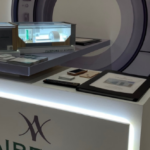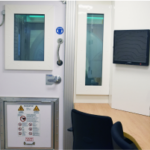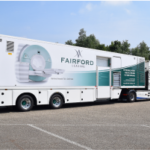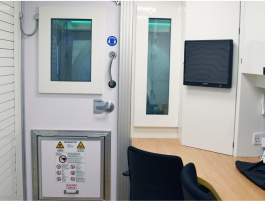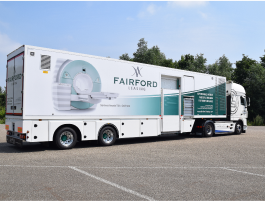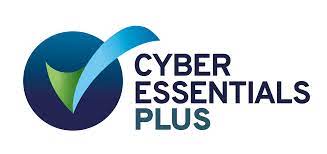Often ranked as one of the top medical developments in recent history, it’s difficult to imagine modern healthcare without medical imaging. Over the course of a century, radiology has revolutionised the way that healthcare professionals interpret, diagnose and treat a wide range of serious illnesses and injuries.
Thanks to a series of ground-breaking discoveries and technological advances, physicians have access to instruments and equipment that allow them to peer inside the human body without surgery to detect anomalies and monitor disease. From X-Ray to CT scans, MRI to ultrasound, the immense benefits of medical imaging modalities in modern medicine cannot be overstated:
IMPROVED ACCURACY AND EFFICIENCY OF DIAGNOSIS
Also known as radiology, diagnostic imaging is by no means new. Whether from a simple chest X-ray for a cough, a bone X-ray for a fracture, or something more complex like a CT scan or MRI, the number of patients who undergo a medical imaging test every year is high in the millions. Nevertheless, this technique remains one of the most revolutionary innovations in the healthcare sphere. Where invasive surgeries were once the only route to diagnosis, advances in medical imaging have given medical professionals the ability to look inside the human body without the need to cut it open. As such, radiology has transformed how both physicians and patients view and interpret health conditions and helped to guide treatment of common conditions such as injury, cardiac disease and stroke.
REDUCED MORTALITY FOR LIFE-THREATENING CONDITIONS
Medical imaging has played a leading role in the fight against cancer, with the early detection, diagnosis and treatment of the disease greatly facilitated through various imaging modalities. Thanks to vast developments in the field of medical imaging, doctors today have the opportunity to start treating the disease earlier than ever before. In some cases, this technology is also the first step in preventing the spread of cancer as imaging is used to follow the course of the treatment and monitor the growth or remission. Studies have consistently shown how diagnostic medical imaging has significantly reduced breast cancer mortality, decreased death rates for colon cancer and enabled medical professionals to successfully administer appropriate drugs to stop blood clotting after a patient has suffered a stroke.
REDUCED HEALTHCARE COSTS
Once the doctor has identified the issue, they can make an informed decision on further treatment. Post-medical imaging, invasive diagnostic surgeries may become unnecessary if the issue can be treated with normal medicine. Therefore, by catching a disease early through an MRI or CT scan, the need for in-patient procedures is drastically reduced and the recovery time hastened. Not only does this improve efficiency in the healthcare system but it cuts down the treatment costs considerably for patients and paves the way for a speedy recovery.
IMPROVED PATIENT CARE
Driven by advances in IT and micro-electronics, new modalities such as magnetic resonance (MR), computed tomography (CT), ultrasound and tailored hybrid imaging systems, have opened the door to the combination of functional and anatomical imaging with increased spatial and temporal resolution. What’s more, thanks to the digitalisation of healthcare practices and the development of modern medical imaging technology, radiologists are better able to collaborate with their referring physicians. By sharing images and key patient data with colleagues, multi-discipline teams can deliver a unified patient experience and improve the level of care available
Imaging for medical purposes may have been experimental in the early years, but today, the discipline has evolved from looking at anatomy to now seeing microscopic structures and visualising the biological effects of disease at a molecular level. In turn, medical imaging has fast become an invaluable tool that healthcare providers would struggle without.


